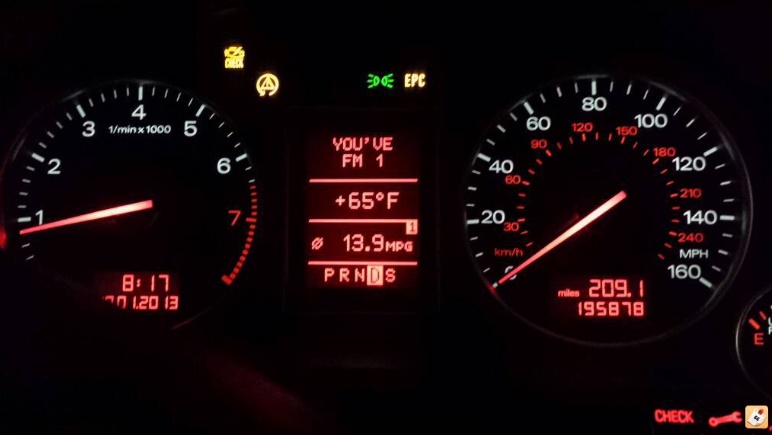Maybe many of you have heard about the Limp Mode but do not know what it is or why it is generated, pay attention because we bring you the details. Limp Mode is also known as “protection mode”. It is a self-owned car system of the VAG group to protect itself before possible breakdowns, safeguarding the mechanics.
What is the Limp Mode?
Also known as “protection mode“, it is a car system of the VAG group to protect itself before possible breakdowns, safeguarding the mechanics.
How Does it Work?
The control unit cuts the vacuum that reaches the turbo so that it does not load. It is usually related to a turbo failure, more specifically in a fault of the pressure generated by the turbo, both by excess and by default.
And Why Does My Car Go into limp mode?
Well, the reasons can be several:
- Lost or leaks in the vacuum system.
- N75 or Turbo Management Valve defective.
- Dirt in the Turbo.
- Geometry Stuck.
- MAP sensor failure.
- Brake sensor failure.
And How Can I Make Sure it’s a Limp Mode?
In general, the most reliable way is to pass the vagcom, but in a more traditional way it can be known because the car suddenly loses power and usually cannot pass the 2,500 laps and notes that the “kick” the turbo loses, also because the turn the car off and on you will notice that it will recover again.
The Limp Mode makes the switchboard cut the vacuum that reaches the turbo so that it does not load. It is usually related to a turbo fault. Specifically, with a failure of the pressure generated by the turbo. This can be both excess and default.
And as I Solve the Problem, What Do I Do?
The first thing that is usually done is to check the state of the vacuum circuit, replacing the vacuum tubes (usually 3.2mm and 4mm inside diameter), although we think that the external state is fine … internally they can have micro fissures that would have loss of emptiness.
If that is not solved, you would choose to see the status of the turbo management valve, N75.
Sometimes it is also necessary to check the correct functioning of the MAP Sensor.
If after those two steps is not solved … the last option would be the cleaning of the turbo for cars that have Variable Geometry, in fixed geometry cleaning is not usually the solution, in more than 75% of cases at the end is the solution to this problem is the cleaning of the variable turbo geometry.
When a car enters lameness mode, one of the vehicle’s control modules, or computers, has detected a problem with its logic. A reading of a sensor or other input is not correct, and the computer knows that the readings are outside the normal ranges. The module cannot process the correct outputs based on the data it has to work with. When this happens, the vehicle’s computers will set a trouble code, and turn on a check engine or other fault indicator.
Transmission Limp Mode
Transmissions of modern vehicles consist of mechanical and electronic systems, electronic systems responsible for much of their operation. When a vehicle enters lameness mode due to the concern of the transmission, it will behave differently depending on the fault. The vehicle can only operate in one or two gears, which will considerably limit the acceleration and maximum speed. In some cases, the transmission control module will direct the maximum fluid pressure to the clutch assemblies and other components. This will lead to extremely hard changes. While this may feel like it is damaging the transmission, it is meant to protect the transmission of faults due to low fluid pressure.


